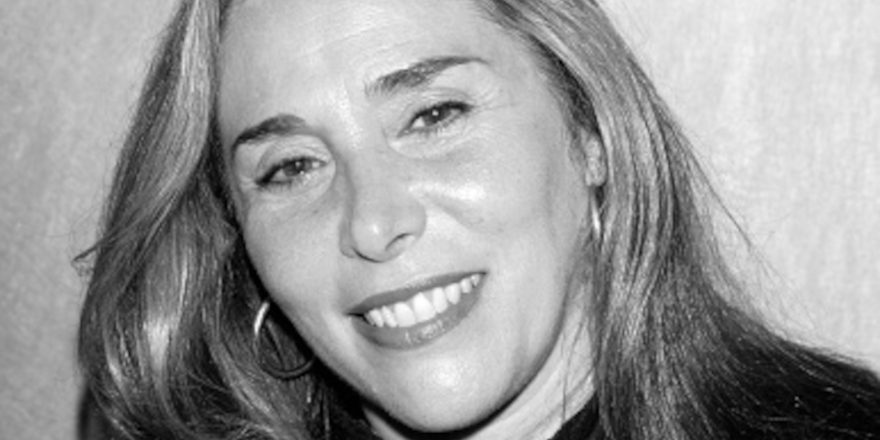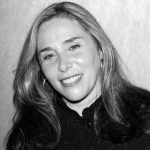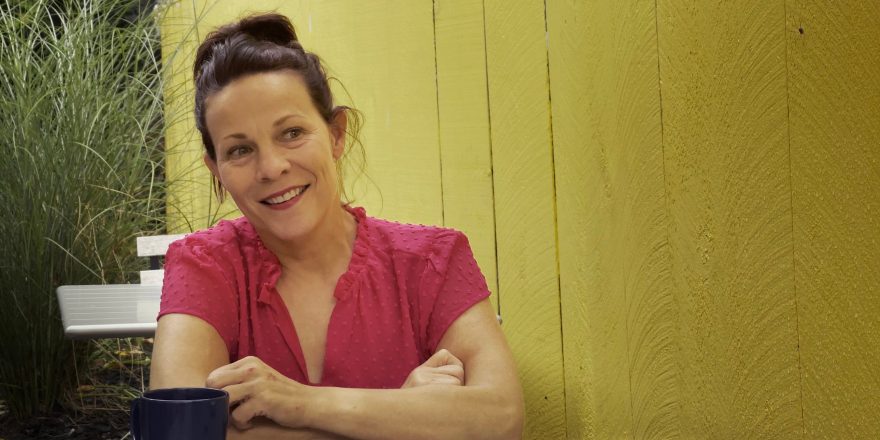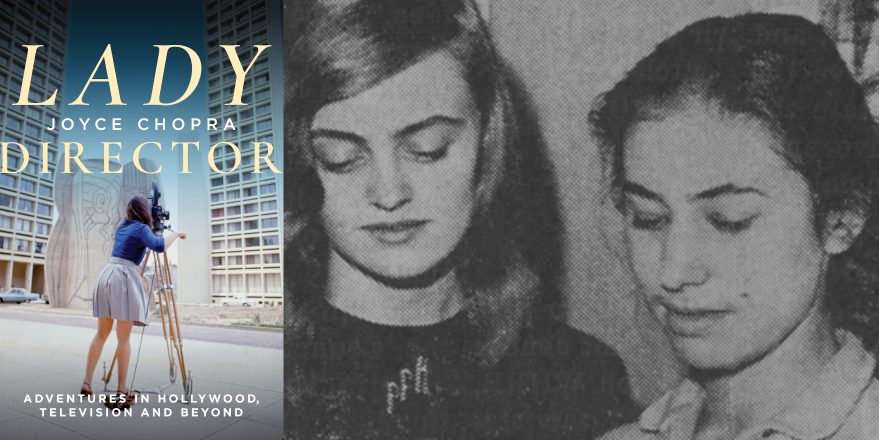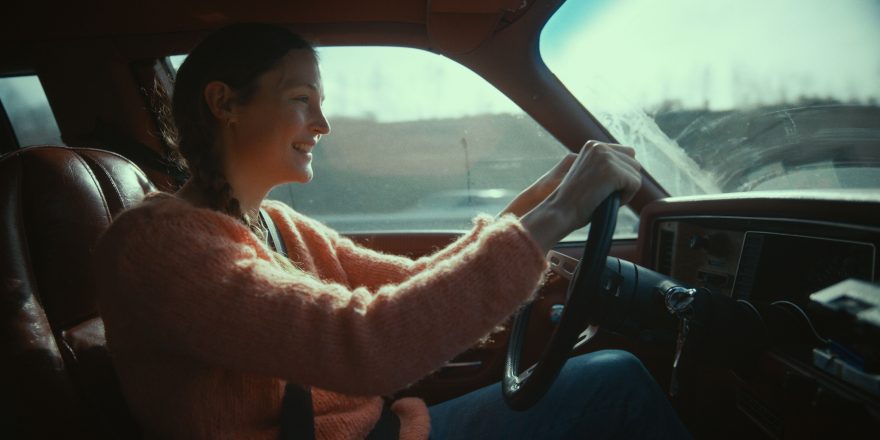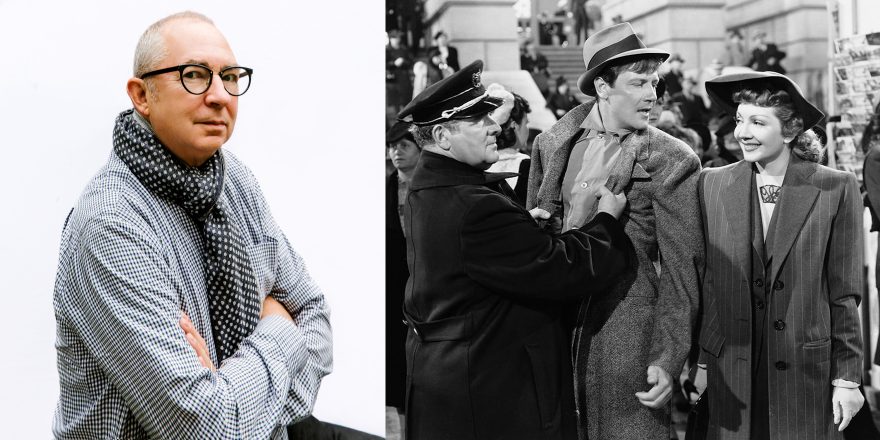Three Great Things is Talkhouse’s series in which artists tell us about three things they absolutely love. To mark the February 16 and 18 screenings at Metrograph of Susan Seidelman’s 1987 comedy Making Mr. Right, a modern screwball comedy starring Ann Magnuson and John Malkovich which was Seidelman’s follow-up to Desperately Seeking Susan, the legendary writer-director shared some of the things she loves the most in her life. Seidelman, whose memoir Desperately Seeking Something is published in June, will be in attendance for a Q&A following the screening on the 18th. — N.D.
1930s and 1940s Screwball Comedies
I love screwball comedies from the ’30s and ’40s, which I grew up watching on late night TV. What I liked most was that these comedies had such strong female protagonists. They gave actresses a vehicle to shine in. These women were smart, sassy and stylish and there was so much clever banter between the female leads and their male counterparts. Some of my favorite screwball comedies include My Man Godfrey, with Carole Lombard, Bringing Up Baby, with Katharine Hepburn, His Girl Friday with Rosalind Russell, and The Lady Eve, with Barbara Stanwyck. What I like about the character Stanwyck plays is that she’s sharp, sexy, and also cunning. She’s a “good girl,” but with a little bit of “bad.” I think that playful quality influenced Madonna’s character in Desperately Seeking Susan and also Ann Magnuson’s character in Making Mr. Right. They’re feisty and flawed, but also very cool.
As a young woman growing up in the suburbs of Philadelphia, I was restless and a little bored. I think I wanted to reinvent myself in some way. Live a different life than the suburban one I was currently living. In screwball comedy, the heroines are often aspirational. They’re not afraid to take charge of a situation. It was powerful for me to see women on screen who were confident and went after what they wanted.
When I started film school in the mid ’70s, the only American female film director I’d ever heard of was Elaine May. I had few (actually no) directorial role models. I knew the chances of ever getting hired to direct a Hollywood movie, in those days, was minimal. So I figured if I wanted to have a future as a film director, I would have to make things happen for myself. Like the heroines of those ’30s and ’40s screwball comedies, I needed to be determined and strong-willed.
Family Dinners
Having a family come together and sit down for dinner is really important to me, because that rarely happened at home when I was young. I grew up in the ’50s, watching Father Knows Best and Leave It to Beaver. I think my mother was rebelling against the stereotypical June Cleaver housewife who wore high heels with a white apron and served dinner when her husband walked in the door and shouted, “Honey, I’m home!” My mother had little interest in cooking because my grandmother boiled the flavor out of everything. I think she also wanted to be “modern” and didn’t want to be a slave to the stove. So by the early ’60s, when fast food, canned vegetables, frozen TV dinners and takeout suddenly became readily available, my mother took full advantage of all those time-saving options. Growing up, Monday night dinner was pizza, Tuesday was food from the local Chinese takeout, McDonald’s or Burger King were Wednesday or Thursday dinner, and the rest of the time we ate a lot of Swanson’s TV dinners. (OK, maybe not every night, but many.)
We also rarely ate at the same time as a family. When my father came home from work, he’d open the refrigerator and take out deli. My sister and I would eat when we were hungry, often in front of the TV – but usually not at the same time. We were all busy and on different schedules, so we rarely sat down together at the dinner table.
I probably didn’t taste a fresh vegetable until I was in college. I grew up thinking veggies were soggy, cubed things that came out of a Del Monte can. Therefore, when I got older and had a home of my own, it became very important for me that my partner, Jonathan, our son and I ate dinner together every night as a family. Real home-cooked meals with fresh ingredients, eaten on real plates (not paper ones or tin foil). All sitting together at the table, having a conversation. Fortunately, my partner is a great cook and so is our son, Ozzy. He learnt from his father, so there’s now a father-son tradition of cooking in my family. Not having grown up with that, I think it’s wonderful.
Birdwatching
Birdwatching recently became a big part of my life. I lived in New York for over 40 years, most of my adult life, and during that time the only birds I ever saw were the pigeons in Washington Square Park. But six years ago, I moved out to the countryside of Western New Jersey. During the pandemic, like everyone else, I was stuck at home with a very limited social life. I was never much of a hobbyist because I was always busy working. And I loved that. But suddenly, I wasn’t working, wasn’t traveling and was feeling pretty isolated.
On a whim, my partner Jonathan bought me a bird feeder. I think it was for Mother’s Day. It wasn’t a very active hobby, but I figured I’d hang the feeder and see what happened. Unfortunately, for the first month, we would fill the feeder regularly with pre-husked sunflower seeds, but no birds came. None. We thought maybe it was the wrong type of feeder, so we bought a second one, with a different kind of feeding tray.
Sadly, around this same time, one of my closest old friends was diagnosed with terminal cancer. One day, as I was visiting her in hospice, she said to me, “When I get to the other side, I’m going to send you a sign.” Now, I’ve always been kind of superstitious and on the lookout for signs and signals. On the morning that I got the news of her death, I was downstairs making coffee when I looked out my kitchen window and the strangest thing happened. Suddenly a bunch of birds were eating from the feeders. First came the House Sparrows, then came large groups of Mourning Doves, and that was just the start of it. Within the hour, our back patio was filled with birds. Now I know this is crazy, but the timing was uncanny. In any case, I’d like to think this was my old friend’s way of sending me a message. Telling me she was OK. She had always been a free spirit.
And once birds discovered the feeders, all different kinds started arriving, like American Goldfinches and Blue Jays. So I got binoculars and I started studying birds, reading the National Geographic Field Guide to Birds of America and keeping notes about what I saw.
We also started to get woodpeckers, which are amazing looking, with their red crested heads and their black and white striped necks. The downside of all this is that we live in an old clapboard farmhouse that was built before the Revolutionary War and the woodpeckers peck holes in our house! We have several acres of land, so we also see nesting hawks. And there are Bald Eagles and Mute Swans down by the nearby Delaware River.
My partner and I have now gotten so used to feeding the birds, we feel guilty if we don’t do it every day. They now gather each dawn on the trees nearby, waiting for their food. Jonathan and I are still laying in bed, exhausted. I’ll look out the window and see them there, so one of us has to get out of bed, put some clothes on, go down and give them breakfast. We love the birds, but there are so many that our back patio is covered in bird poop! But it’s worth it.


